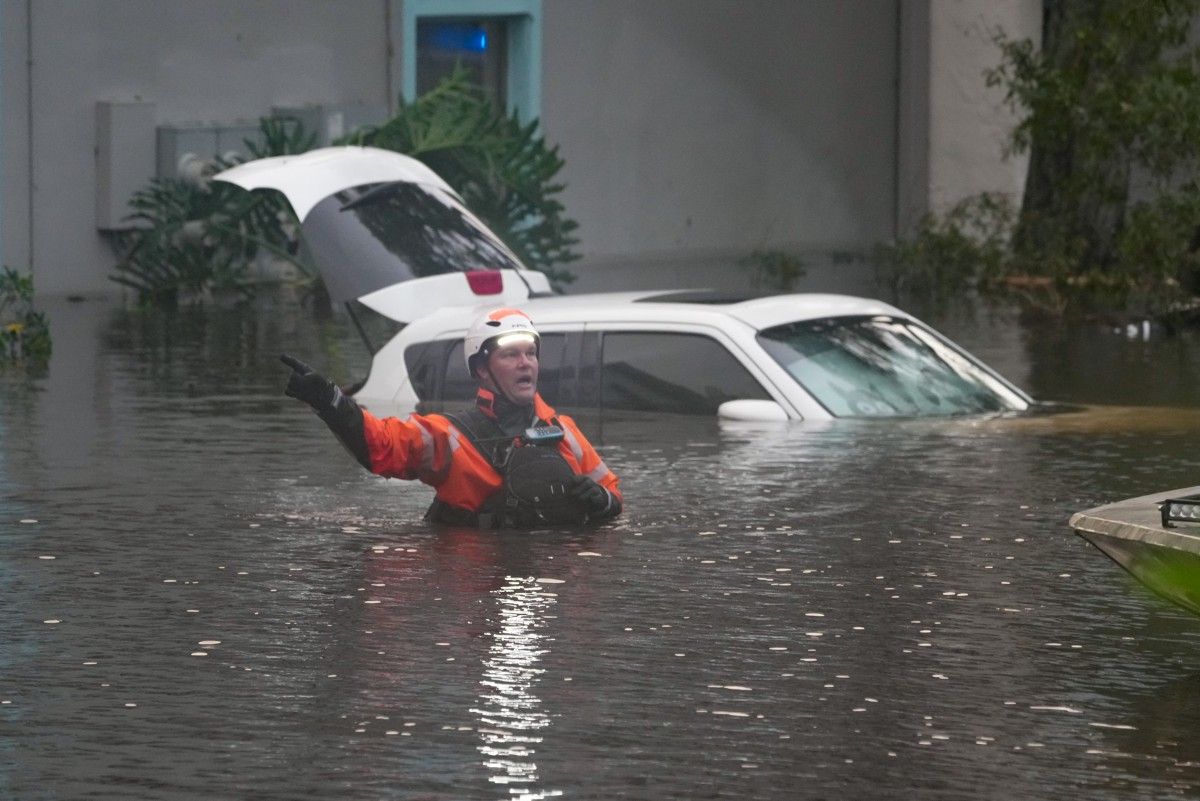
Hurricane Milton's rainfall and intensity were significantly heightened by climate change, leading to increased devastation in Florida after it began as a tropical storm in the southwestern Gulf of Mexico on October 5.
The rainfall from Hurricane Milton, which resulted in the deaths of at least 16 people in the United States, is estimated to be 20% to 30% higher due to climate change, while the hurricane's winds were approximately 10% stronger. These findings come from a preliminary analysis by the scientific network World Weather Attribution (WWA), published on Friday. According to the study, without the impact of climate change, Milton would have made landfall in Florida as a Category 2 hurricane rather than a Category 3 on the Saffir-Simpson scale.
This scale classifies hurricanes from 1 to 5, where Category 1 features winds of 119 to 153 km/h and causes minor damage, whereas Category 5, with winds exceeding 252 km/h, can lead to widespread destruction and significant loss of life. The US National Oceanic and Atmospheric Administration (NOAA) also highlighted that the risk of damage increases fourfold with each category increase, making Category 3 hurricanes particularly devastating, with winds capable of inflicting severe damage on structures, trees and infrastructure.
The WWA notes that precipitation levels comparable to those observed during Hurricane Milton are now twice as likely due to climate change, which has already risen by 1.3°C compared to pre-industrial levels. Although this analysis was conducted swiftly—just two days after Milton's landfall—it is less comprehensive than the group's usual studies, which aim to assess the connection between extreme weather events and climate change.
Additionally, a few days prior, the WWA had released detailed findings on Hurricane Helene, which struck Florida approximately two weeks before Milton, sharing many similar characteristics. The results of the Milton analysis are consistent with those observed for other hurricanes in the same region.
The WWA expresses confidence that the increased heavy rainfall observed during Milton is directly linked to human-induced climate change, noting that the rapid intensification of the hurricane was exacerbated by exceptionally high sea surface temperatures in the Gulf of Mexico.
Finally, an analysis conducted by Imperial College London estimates that around half of the direct economic damages caused by Hurricanes Milton and Helene in Florida—such as the destruction of homes and infrastructure—can be attributed to climate change. A precise evaluation of the extent of these damages is still underway.
With AFP



Comments